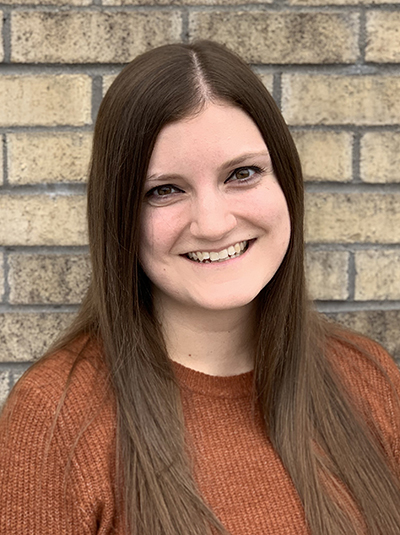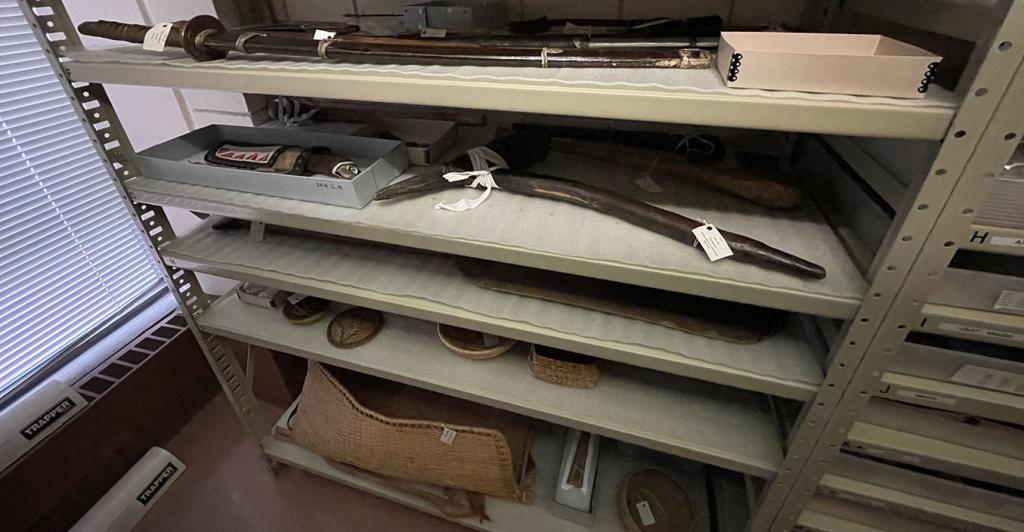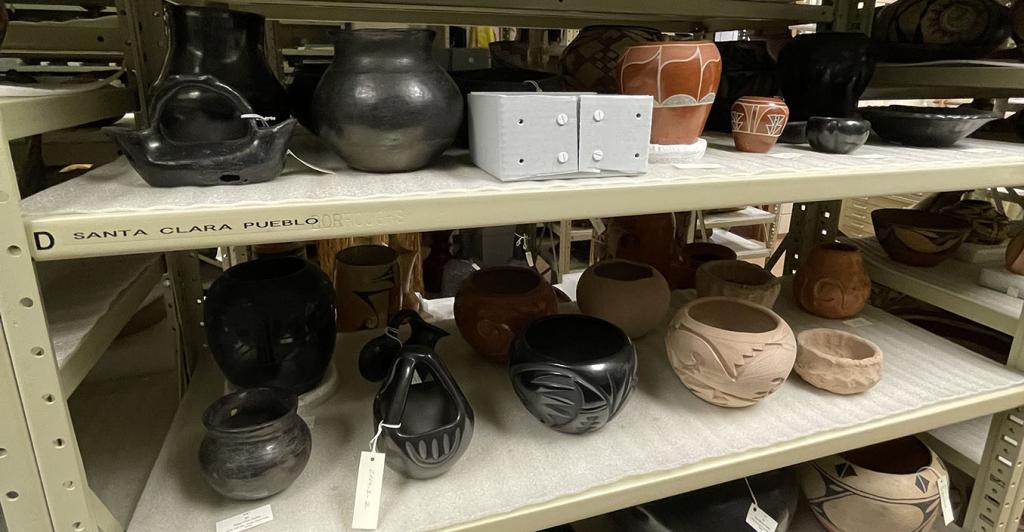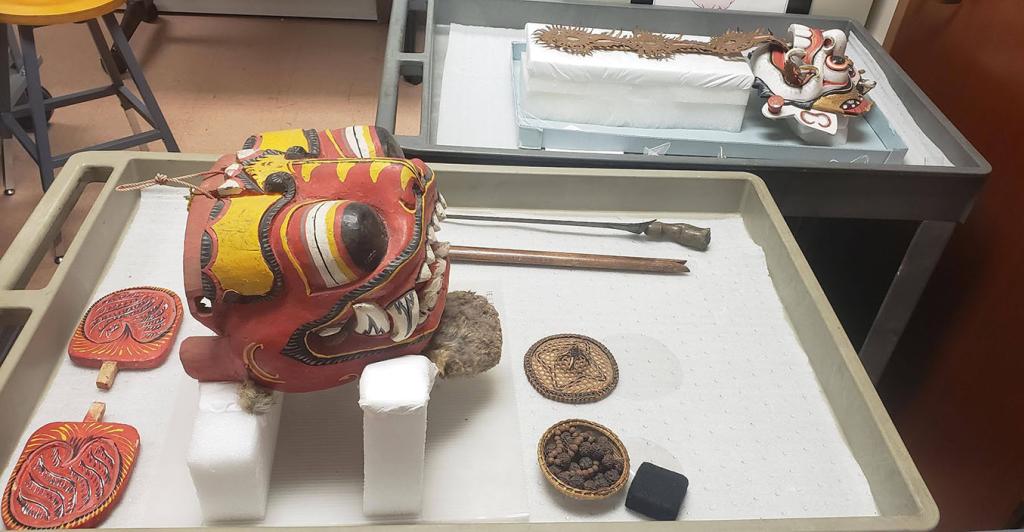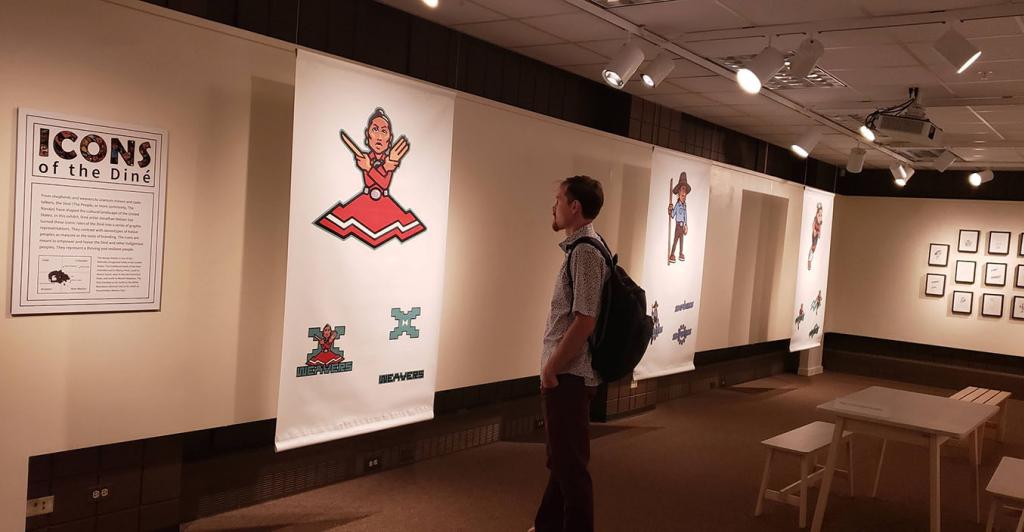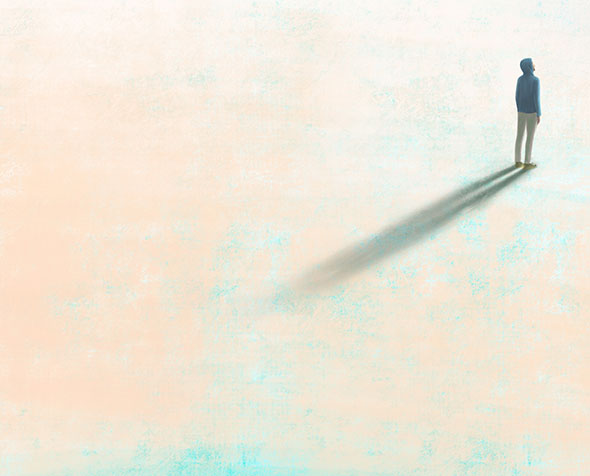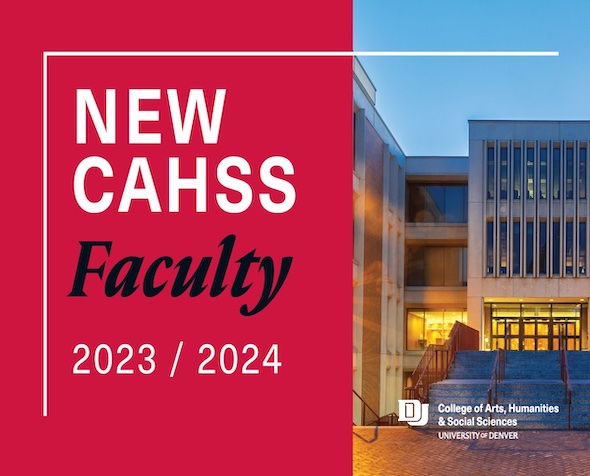DU Museum of Anthropology’s Participation in Nationwide Assessment Program Aims to Bolster Student Resource
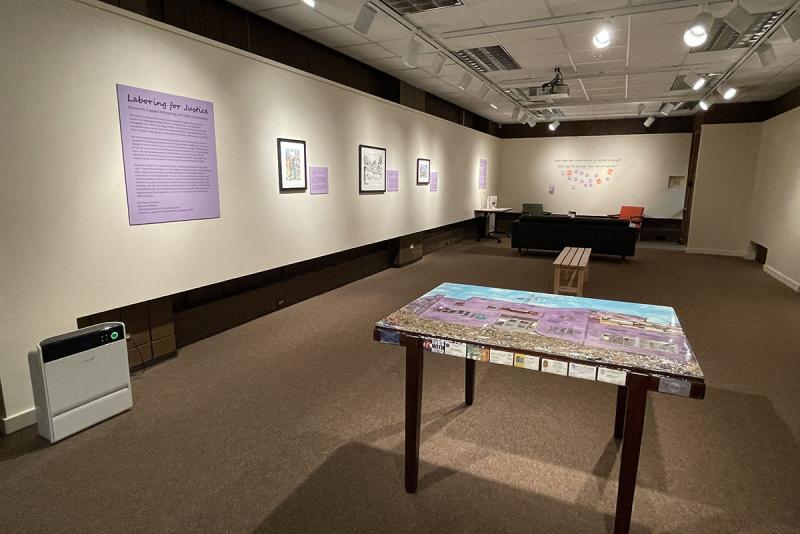
DUMA’s Spring 2023 exhibit entitled "Laboring for Justice" is shown at the University of Denver's Museum of Anthropology in Sturm Hall. The exhibit featured artwork from the book “Laboring for Justice: The Fight Against Wage Theft in an American City by Dr. Rebecca Galemba of the Josef Korbel School of International Studies and the Center for Immigration Policy and Research (CIPR) at the University of Denver. (Photo by Jordyn Reiland)
After being chosen to participate in a selective, nationwide assessment program, the University of Denver’s Museum of Anthropology (DUMA) hopes to use this opportunity to become an even greater resource to students.
The American Alliance of Museums (AAM) is the only professional organization representing the entire scope of the U.S. museum community. AAM’s mission “is to champion equitable and impactful museums by connecting people, fostering learning and community, and nurturing museum excellence.”
This year AAM selected 79 museums to participate in its 2023 Museum Assessment Program (MAP).
Participation in the program includes choosing from one of five institutional assessment types: Organizational, collections stewardship, education and interpretation, community and audience engagement, or board leadership.
The DUMA team chose the collections stewardship assessment, and the museum is currently in the self-assessment phase as part of the 2023 cohort, DUMA’s Curator of Collections Sarah Carlson said.
“It’s nice to be able to connect with a knowledgeable museum professional … See what's going well, see what could be done better. We hope that there'll be some growth opportunities out of it, as well as some networking and connecting with the museum community,” Carlson added.
DUMA’s extensive collection is focused on teaching and provides students, faculty and staff unique opportunities to interact with the collection more so than other museums.
Christina Kreps, director of DUMA and the museum and heritage studies concentration, likens it to a “training laboratory.”
“Students really do have an opportunity to come and work with collections without having to go through the added hurdles of contacting somebody outside of the university, trying to make that connection and then create a project around it,” Carlson said.
The program — which is mindful of diversity, equity, access and inclusion issues — helps museums look at both functional and strategic aspects of their operations, and present focused learning modules and action plans for the museum. It also includes a peer-reviewed site visit.
Since its inception in 1981, the assessment program has helped more than 5,000 small and mid-sized museums.
“It's a way to improve the operation of the museum and hopefully allow us to advocate for ourselves within the university with the input of an outside evaluator,” said Anne Amati, registrar and Native American Graves Protection and Repatriation Act (NAGPRA) coordinator.
Other museums in Colorado participating in the program include the Colorado Northwestern Field Museum, the Molly Brown House Museum and the Wings Over the Rockies Air and Space Museum.
